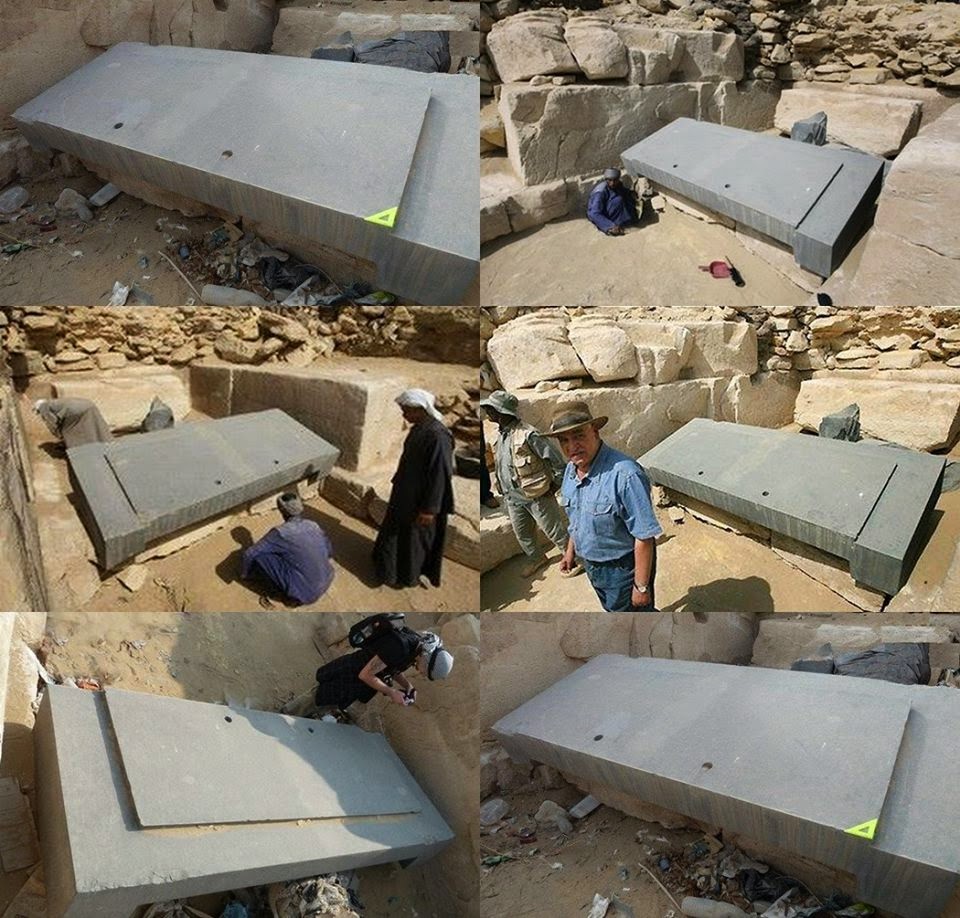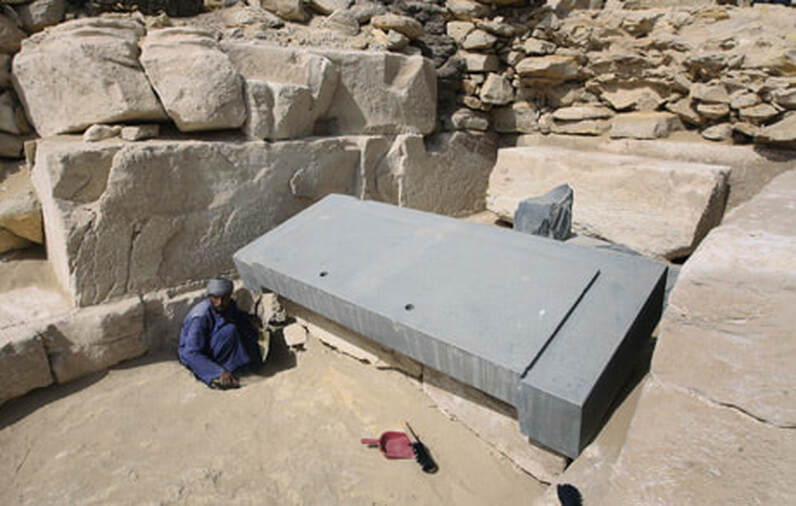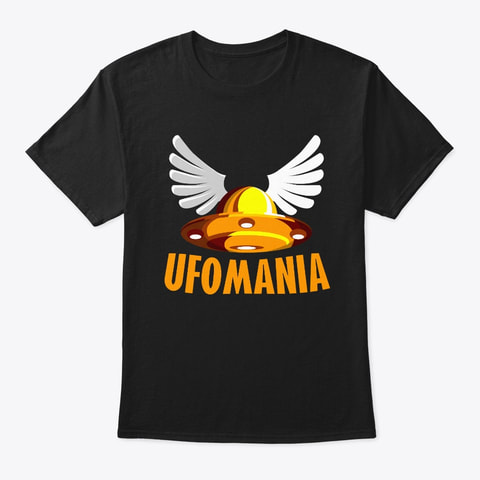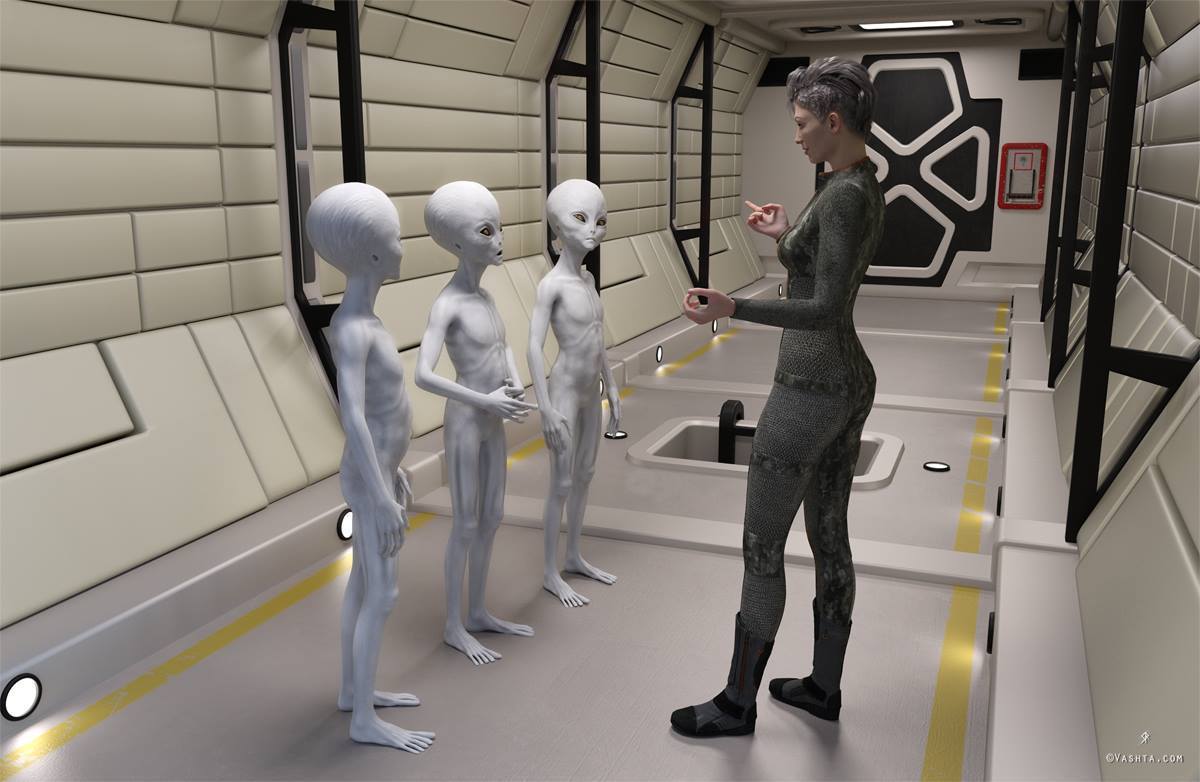|
Better question. Where is this coming from? Obviously machine cut slabs! Sure looks like "machining" more than chiseling to me... Machining circa 13 BCE... Nobody knows the whereabouts of this stone today, the only evidence of its existence are these photos and the video below. Artifacts such as the above photo shows, with no inscriptions was recently documented by a team of scientists. The precision of the work could not have been achieved by the dynastic Egyptians, or later Greeks or Romans and thus predates all of them, and had to have been done by people who had advanced machining technology was their conclusion.
3 Comments
Ashley Jerome
5/7/2022 08:29:26 am
Wouldn't it be funny if you find irrefutable evidence that society gets to a certain level of intelligence and then destroys itself over and over again. History tends to repeat and absolute power corrupts. What if humanity is a plague? Say we have gone to Mars and destroyed it. Now earth. Aren't we looking for another planet cause we are killing this one too? Human like structures on Mars. Our species tends to have short term memory even now. Look at what our civilization is doing to each other. I really wouldn't be surprised.
Reply
John Hunter
5/8/2022 11:37:06 pm
We've already vanquished Mars, on the way to doing the same to earth. It wont happen immediately, but within the next few centuries as we poison the place we live in, mankind as we know it will cease to exist. Then the earth will lay fallow until the next civilization colonises the planet.
Reply
Neal
5/7/2022 10:43:41 am
Clearly there are authorities that do not want civilization to see items like this that indicate that a previous advanced civilization existed on this planet - before our "advanced" civilization. This slab clearly indicates that an advance civilization existed at it probably dates to the period circa 10,000 BC.
Reply
Leave a Reply. |
Helena MatiasEditor Archives
July 2024
Please take a look below at the amazing work of Author and researcher Stephen Quayle
Categories
All
|




